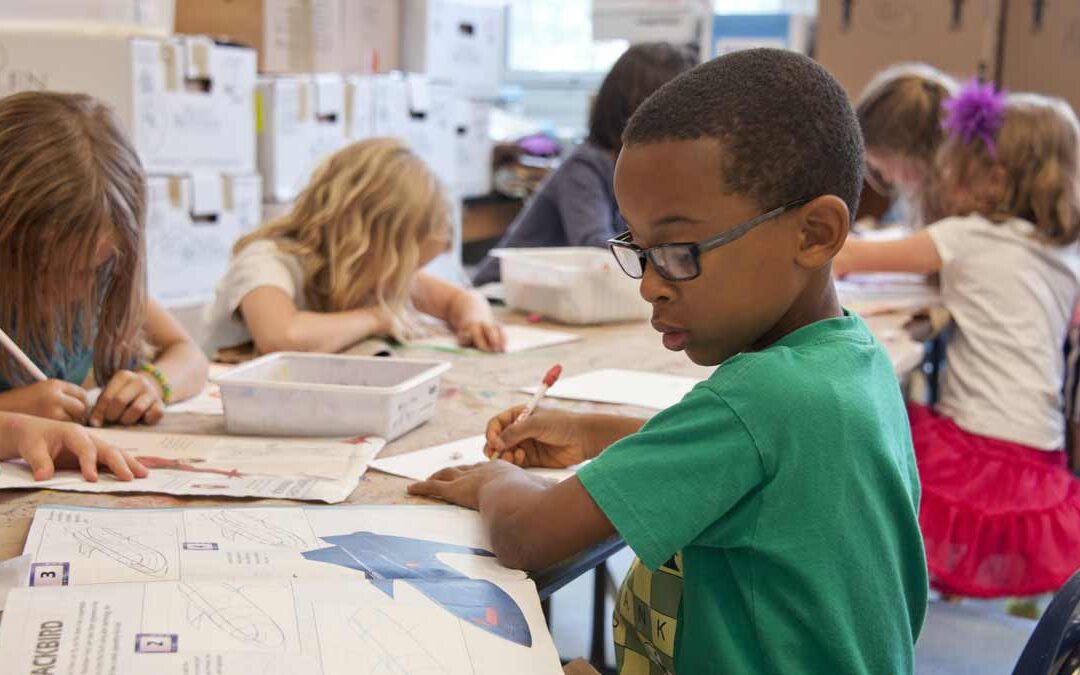Everyone is talking about “the kids” and how much the pandemic and social media has harmed them, and they are not wrong.
The stress of that time period, the isolation, and the increased screen time have impacted their development, attention span, social relations, and capacity for handling challenges, especially in person ones. This isn’t a case of getting stronger through adversity. It is an example of nervous systems going into overwhelm and no longer being able to handle normal stresses. Like renowned expert Dr. Dan Siegel teaches with his “Window of Tolerance” concept, we can not learn or grow at all when this condition. To have a generation of children in this state is deeply concerning and requires a special and specific response from all of us, especially parents and educators. The ways we were instructed to teach may not be suitable for the needs of today. In fact, we can safely assume they aren’t.
First build safety, then build capacity.
It’s not untrue that our children need to face adversity, hear “no”, and build strength, but they can not do so in the current climate. First, we need to increase their sense of safety in the classroom which for many valid reasons may not be or feel like a safe place. This is likely inhibiting learning. So, what can you do? Flexible seating is a start but it may not be enough without additional trauma-sensitive school place awareness. Just like in trauma-sensitive yoga classrooms, it’s important to get the setup right. Consider which direction the students are facing. Some may need a sightline to or seat next to the door. Or maybe it’s the clock one kid is turning around to look at every five minutes. Perhaps allowing him to face it would be settling for him rather than fighting that instinct taking over him every thought. The time checking is not a reflection of the teacher, but rather a survival instinct. Someone gazing out the window? That’s natural as well and can be a way to integrate information and get biologically necessary sunlight and integration time. It’s true that shifting classroom groupings and layout every few weeks can be stimulating for some students, but make sure to consider that for some it will be highly dysregulating. If you have to do so, how could you make it easier on those students?
Do your students move classrooms during the day?
Orientation before each period shift is important whether they move rooms or not. Orientation is a natural and instinctual human desire to look around and situate ourselves in space. You can help your students to orient by inviting them to turn their heads and look behind them, stopping there to take in any color or texture they find appealing. After a few breaths, suggest they turn the other way and note something new. You can expand on this practice by suggesting they find 3 blue items or any other color, or texture configuration that centers them in the physicality of the space and ideally the most calming parts of that physicality for them.
Grounding into the space is another experience I find helps the nervous system settle. Students can ground by pressing their feet down and exploring how their feet feel as they connect to the surface of the floor. Can they notice any differences in their back or spine as they do so? Where is their back in relation to the chair? Let them play with the feeling of resting it against the back versus sitting at the front of their chair and ask them to note what they like.
Kids have so few choices in school. This can make them feel trapped and act out. Reminding them of the many subtle options they have with their own bodies can be freeing and eye-opening. Present these exercises as invitational and be open to anything they may or may not experience. If you stay curious and open, they will too.
In fact, co-regulation and modeling are two essential elements of the trauma-informed teacher. As one of my role models is famous for saying, “you can’t fake vibe.” It will always be clear to our students if we’ve done our own work regulating our nervous systems by orienting and grounding into the space before they arrive. Practice these exercises (and the others in my book) on your own and you will see markable shifts in the way your students experience you and you experience them, plus enjoy the great benefit of reducing your own stress, which you deeply deserve!
So much of teacher training in this post-pandemic age and the new world of school shootings is about being trauma-informed. These are just some of the embodied practices from The Essential Guide to Trauma Sensitive Yoga which can be incorporated into the classroom. For more strategies like these, grab a copy of the book and reach out for continued education opportunities.


Recent Comments